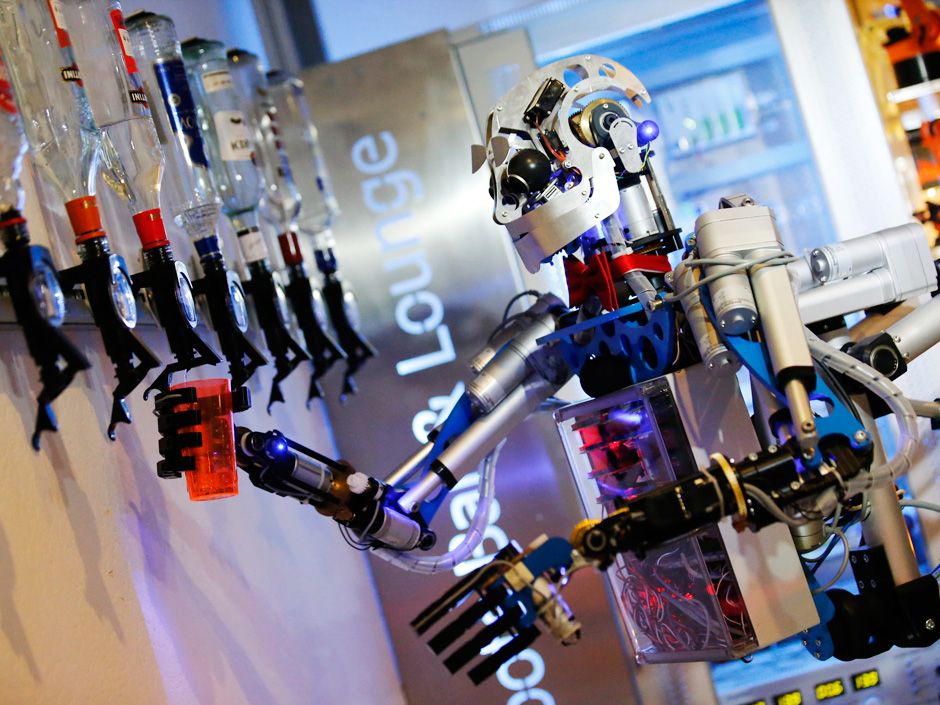DIY
iCandy: Better Robot Bartenders and More Tipsy Tech
Also featuring a bordeaux battery, autonomous brewmasters and cork-less wine pours
01 Nov 2013
Photo: Fabrizio Bensch/Reuters
▲
▲
▲
▲
▲
▲
▲
▲
▲
tools & toyssensor jacketv-texntt docomogeek lifetype:slideshowcoravin wine accessinteltools and toys
Willie Jones is an associate editor at IEEE Spectrum. In addition to editing and planning daily coverage, he manages several of Spectrum's newsletters and contributes regularly to the monthly Big Picture section that appears in the print edition.
